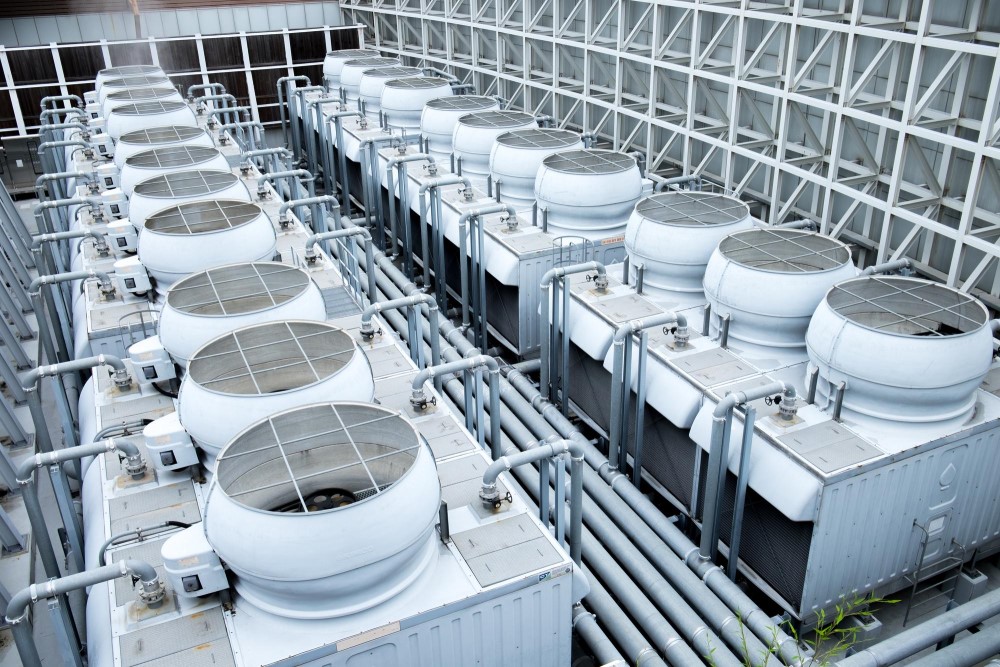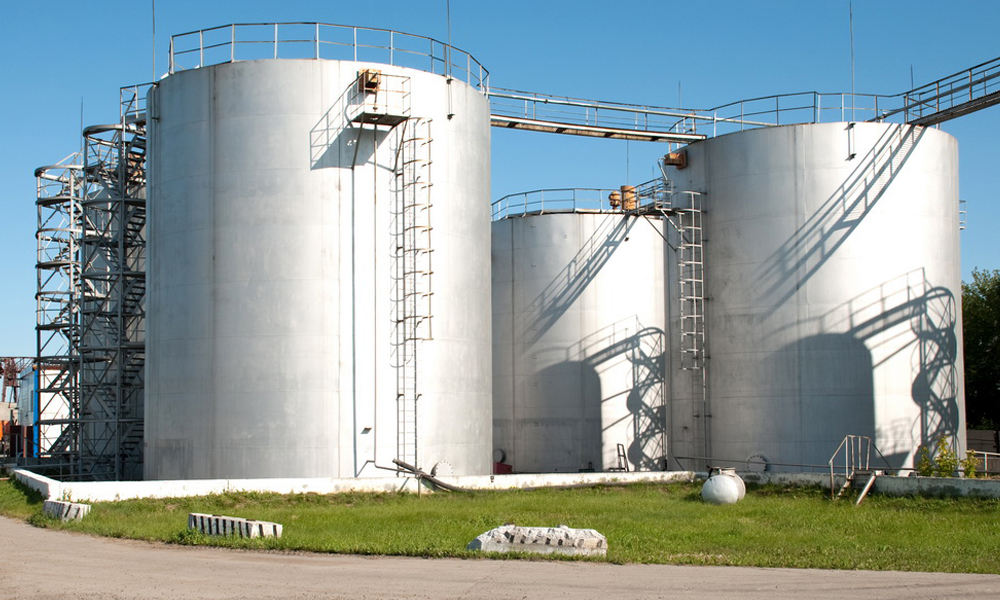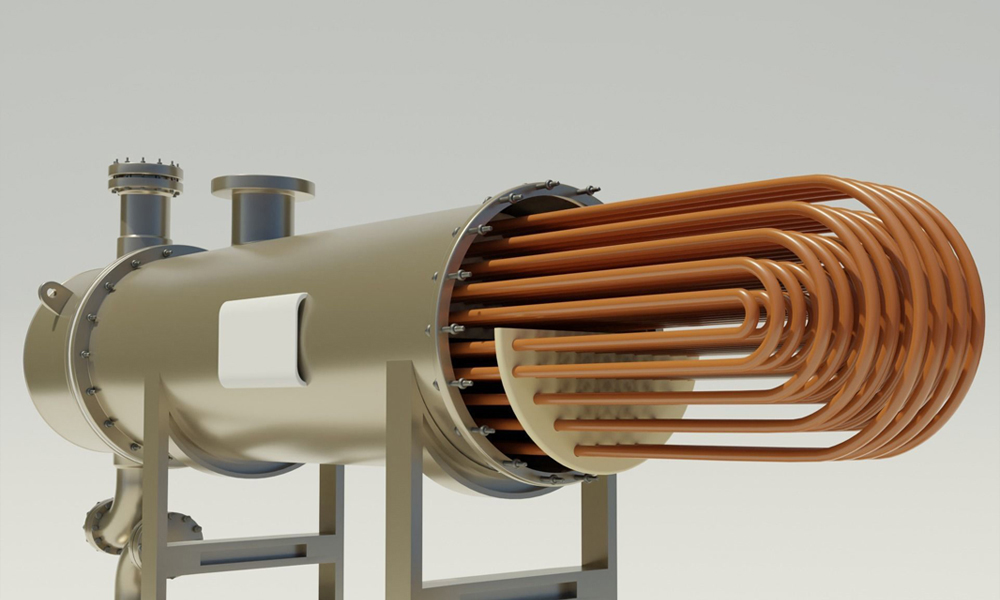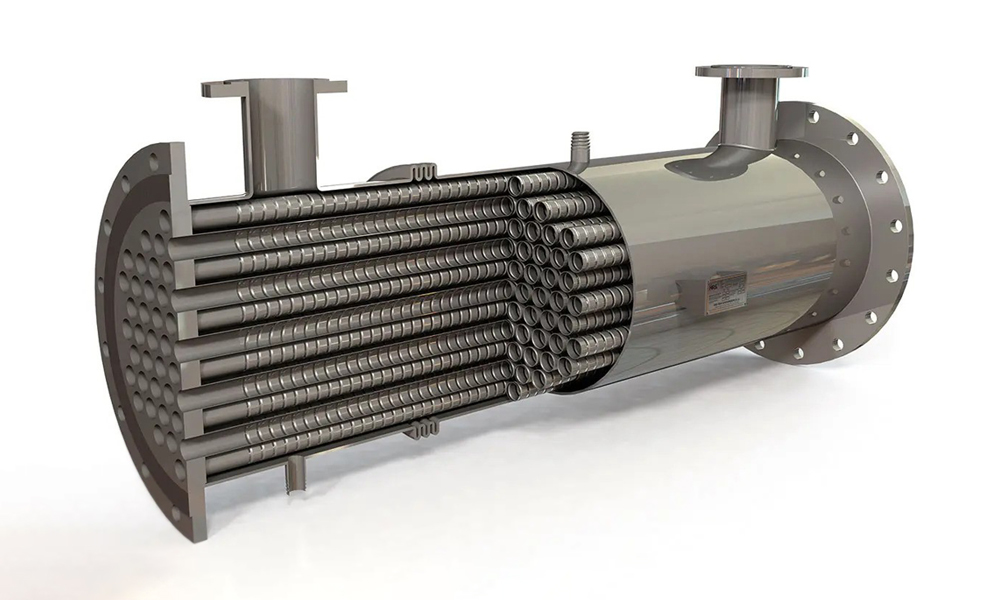In the oil and gas industry, heat exchangers are recognized as vital equipment for transferring heat between different fluids. These exchangers are especially used in refining, distillation, and processing of oil and gas, where precise control of temperature and pressure is of utmost importance. Air cooled heat exchangers, which use ambient air as a heat transfer medium, play a key role in situations where the use of water resources for cooling is not feasible. In such cases, these systems effectively help reduce costs and improve system efficiency.
Considering the specific conditions of the oil and gas industry, such as high pressures and temperatures, harsh environmental conditions, and the need for resistance to chemicals and corrosion, the proper selection and installation of air cooler heat exchangers in this industry is crucial. This article discusses the important points in selecting and installing air cooled heat exchangers in refineries and oil and gas facilities.
Proper Installation of Air Cooled Heat Exchangers in the Oil and Gas Industry
The installation of air cooled heat exchangers in the oil and gas industry must be done with great care, considering the operational conditions of the industry. These systems are usually installed in areas with high temperatures and pressures, so the installation process should be carried out in a way that prevents any future problems.
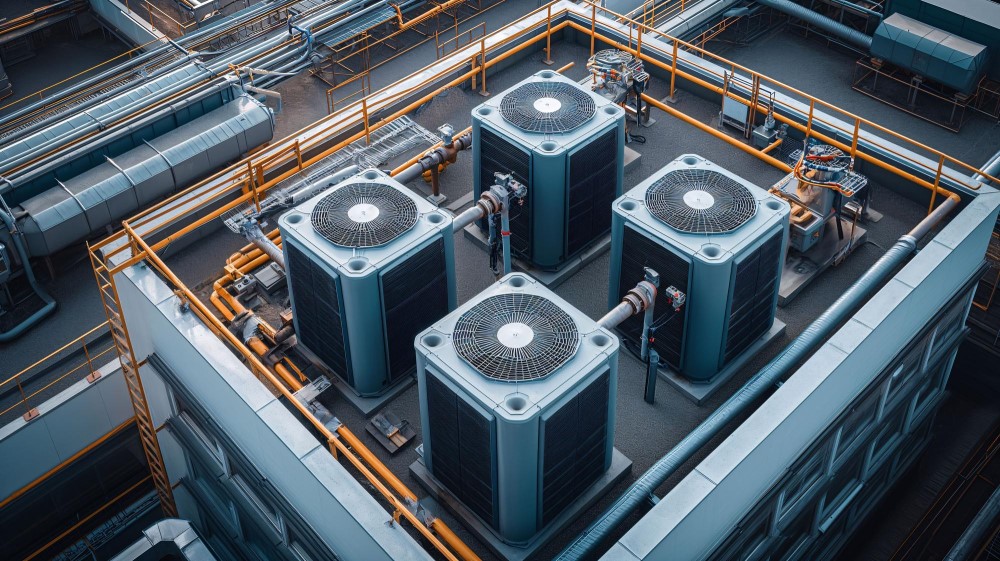
Choosing the Right Location for Installation
One of the most important steps in installing air cooled heat exchangers in refineries and oil and gas facilities is choosing the right location. The installation should be done in places that allow easy access to the equipment for effective maintenance and repair. Additionally, the environmental conditions should be such that they do not negatively affect the performance of the heat exchangers. In the oil and gas industry, factors such as the risk of explosion and the need for proper ventilation to prevent the accumulation of hazardous gases must be considered.
Energy Supply and Connections
When installing air cooled heat exchangers, providing energy for various components, especially fans, is of particular importance. In the oil and gas industry, these systems typically operate under high pressure and temperature conditions. Therefore, the inlet and outlet connections of fluids should be made with great care and using materials resistant to corrosion and high temperatures. Otherwise, there is a risk of leaks or system damage.
Safety Points in the Installation and Use of Air Cooled Heat Exchangers in the Oil and Gas Industry
Due to the unique characteristics of the oil and gas industry, special attention must be paid to safety considerations. Air cooled heat exchangers in these industries are exposed to very high pressures and temperatures and are at risk from corrosive chemicals and toxic gases. Therefore, following safety principles in the installation and use of these systems is of great importance.
Use of Personal Protective Equipment (PPE)
During the installation and maintenance of air cooled heat exchangers in the oil and gas industry, the use of personal protective equipment is mandatory. Workers should wear heat-resistant gloves, safety glasses, chemical-resistant clothing, and helmets. In many oil and gas facilities, workers may come into contact with corrosive fluids or toxic vapors, so equipment such as gas masks and vapor-proof masks are also essential.
Ensuring Proper Ventilation at the Installation Site
In the oil and gas industry, proper ventilation around air cooled heat exchangers is crucial. Due to the potential accumulation of toxic or flammable gases in enclosed spaces, it is essential that ventilation systems provide sufficient airflow. Additionally, using gas sensors in sensitive areas to detect hazardous gases like carbon monoxide and hydrocarbons is very important.
Training Personnel
Training personnel on safety in the unique conditions of the oil and gas industry is highly important. Workers must receive the necessary training on the installation and maintenance of air cooled heat exchangers, considering the specific operational conditions of the industry. This training should include procedures for emergency situations such as gas leaks, fires, and injuries from high pressure.
Compliance with Safety Standards and Legal Requirements in the Oil and Gas Industry
In the oil and gas industry, compliance with safety standards and legal requirements in the installation and use of air cooled heat exchangers is essential. These requirements are usually monitored under international and national laws, and following them is necessary to prevent accidents and legal penalties. In addition, some standards specifically address fire protection, electrical safety, and the use of materials resistant to the specific conditions of oil and gas fluids.
In this industry, air cooled heat exchangers must be installed and operated in accordance with global safety standards such as ASME (American Society of Mechanical Engineers) and API (American Petroleum Institute). These standards not only help enhance safety but also improve system efficiency and reduce the likelihood of failures.
Also read: Issues Caused by Pressure Changes in Pressurized Storage Tanks
Conclusion
Air cooled heat exchangers play a crucial role in the refining and heat transfer processes in the oil and gas industry. The proper selection and installation of these systems are of great importance in this industry because any mistakes in this process can lead to reduced efficiency, increased costs, or even serious accidents. Therefore, paying attention to technical points, safety measures, and compliance with legal standards can help maintain safety and improve the performance of thermal systems in the oil and gas industry.
By properly selecting installation locations, using personal protective equipment, ensuring proper ventilation, and training personnel, optimal performance of air cooled heat exchangers can be achieved, minimizing potential risks.
References
- API (American Petroleum Institute)
- ASME (American Society of Mechanical Engineers)

